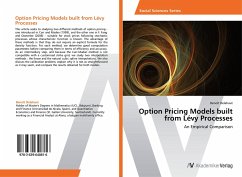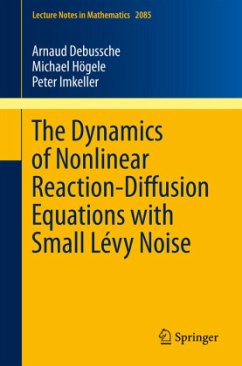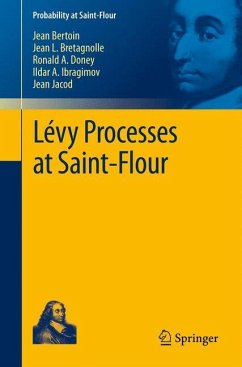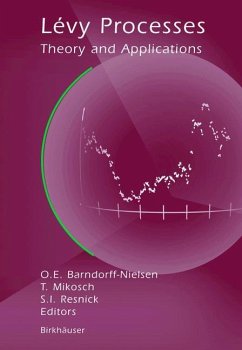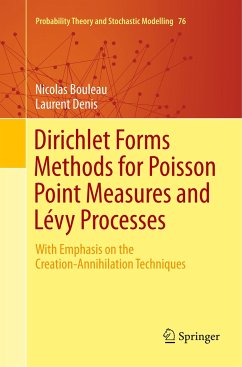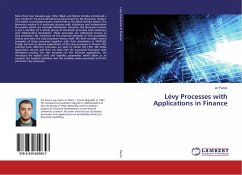
Lévy Processes with Applications in Finance
Versandkostenfrei!
Versandfertig in 6-10 Tagen
36,99 €
inkl. MwSt.

PAYBACK Punkte
18 °P sammeln!
More than four decades ago, Fisher Black and Myron Scholes introduced a new model for financial derivatives pricing based on the Brownian motion. This model is nowadays known world-wide as the Black-Scholes model. The Brownian motion is a stochastic process with stationary and independent increments which are normally distributed. However, the Brownian motion is just a member of a whole group of stochastic processes with stationary and independent increments. These processes are collectively known as Lévy processes. We introduce all the essential elements of the probability theory and then th...
More than four decades ago, Fisher Black and Myron Scholes introduced a new model for financial derivatives pricing based on the Brownian motion. This model is nowadays known world-wide as the Black-Scholes model. The Brownian motion is a stochastic process with stationary and independent increments which are normally distributed. However, the Brownian motion is just a member of a whole group of stochastic processes with stationary and independent increments. These processes are collectively known as Lévy processes. We introduce all the essential elements of the probability theory and then the Lévy processes theory itself. We then consider several examples of these processes together with their simulations in MATLAB. Finally, we look at several applications of the Lévy processes in finance. We examine how different processes are able to model the FTSE 100 Index logarithmic returns and then we deal with the associated European style derivatives pricing. For the purposes of the financial application, we introduce the explicit drift and volatility parameters which allow us to examine the implied volatilities and the volatility smiles associated with the particular Lévy processes.






